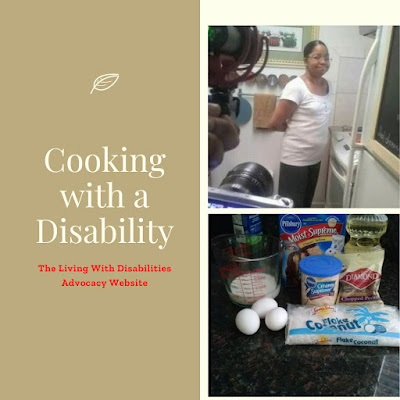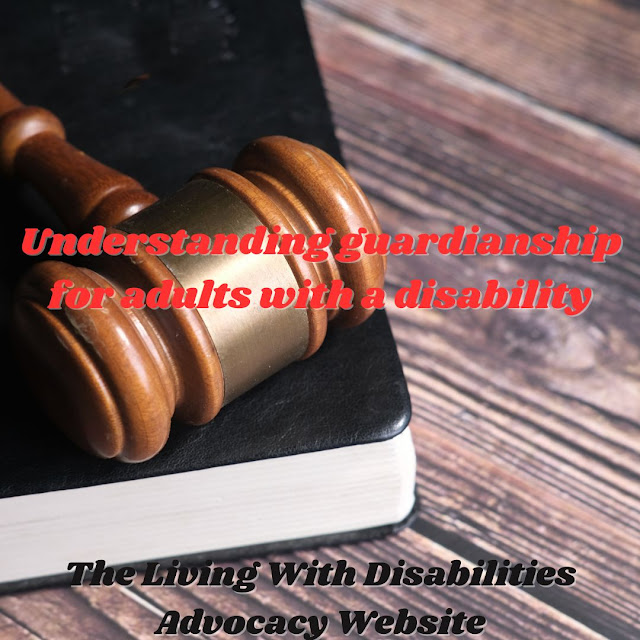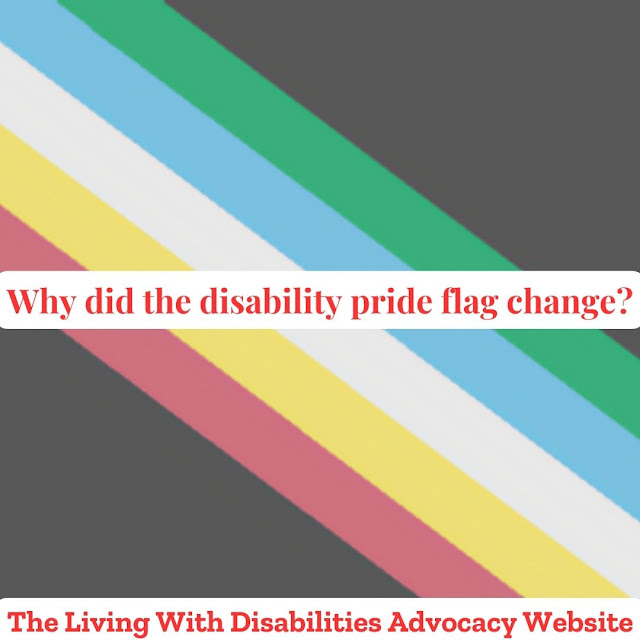Cooking with a disability
If you're a new visitor to this advocacy website, this page's goal is to increase public understanding of those who live with disabilities and other conditions. We suggest that anything you read on this site you seek out a licensed professional counselor or healthcare provider.
This week, Living With Disabilities will touch on the basics of cooking with a disability. This coming year, you will hear from five to ten panelists on cooking with a disability as they share their experiences.
How many people with disabilities can say that they aren't included in meal preparation with others or that they often find themselves cooking solely for themselves? How many of you have raised your hands or not is not visible to us. We can say that some of you have experienced those things. You shouldn't let your disability prevent you from learning to cook or from wanting to cook.
Some individuals in society think that persons with disabilities can't take care of themselves and must rely on others to take care of them. Like everyone else, people with disabilities can move around in the kitchen with little to no adjustment when it comes to cooking.
Accommodations are required when you are willing to understand a person who needs assistance moving around the kitchen and may have either a mental or physical disability.
What are these accommodations? Each person may or may not need accommodations, first and foremost. For individuals who need them, these accommodations may differ.
For a person who uses a mobility device, cooking can present some challenging tasks as well as opportunities for problem-solving. What are some common issues associated with a person with a physical disability? standing, reaching, or using one side of their body. What would accommodations for someone who uses a mobility device look like? Everything, including the counter and cabinetry, is on a lower level. including appliances, etc.
What about being limited or not being able to stand? It's possible for someone who uses a wheelchair to roll up to the stove or sink; for this reason, it's crucial to have a lower-level counter and cabinetry. even equipment The same is valid for everyone who walks with a cane and may require a stool to sit on while cooking. Equipment for the kitchen must be versatile.Is there any adaptation needed for people with hidden disabilities? A person with a hidden disability can utilize it; the same adaption is required for those with physical disabilities.
What are some things I need to adapt in the kitchen for a child or adult? Great answers come after great questions. Because each person is unique, they may or may not require adaptations. But having adaptable tools or equipment on hand is usually a good idea.
How can I adapt the space in the kitchen for a person who uses mobility devices? First and foremost, don't be hesitant to inquire about whether they require your guidance or assistance. They might not require it and are capable of thriving on their own. However, if there are goods on the higher or middle shelf, additional techniques might be helpful, such as utilizing Gilling tongs with a silicone grip as a grabber.
Let's hear your opinion
What is some way you include your child/student in the kitchen, Let's connect and discuss this topic on the Living With Disabilities Online Talk Show. Schedule an appointment to speak to Katrina Smith, the host.
If you need online support, Disability Safe Haven is great for receiving support. The We Care Team is very protective of its members and asks everyone who joins, to have a profile picture and answer the security questions.
Reference link
Cooking with a Physical Disability | Kitchn (thekitchn.com)
Podcast link
https://anchor.fm/livingwithdisabilites/episodes/Cooking-with-a-disability-e1spm6i




Comments
Post a Comment